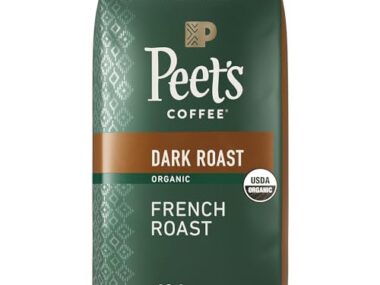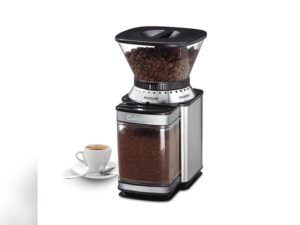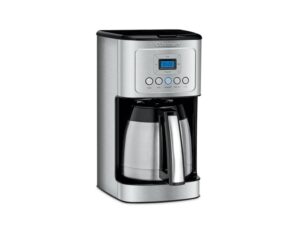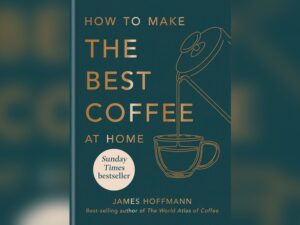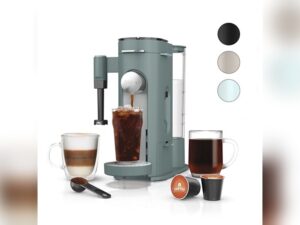Are you curious about what really sets coffee and cold brew apart? If you’ve ever wondered why cold brew tastes smoother or whether it packs more caffeine than your regular cup of coffee, you’re not alone.
Understanding the key differences can change how you enjoy your daily caffeine fix. By the end of this article, you’ll know exactly what makes these two popular drinks unique—and which one might be the perfect match for your taste buds and energy needs.
Keep reading to discover the surprising facts behind coffee and cold brew!
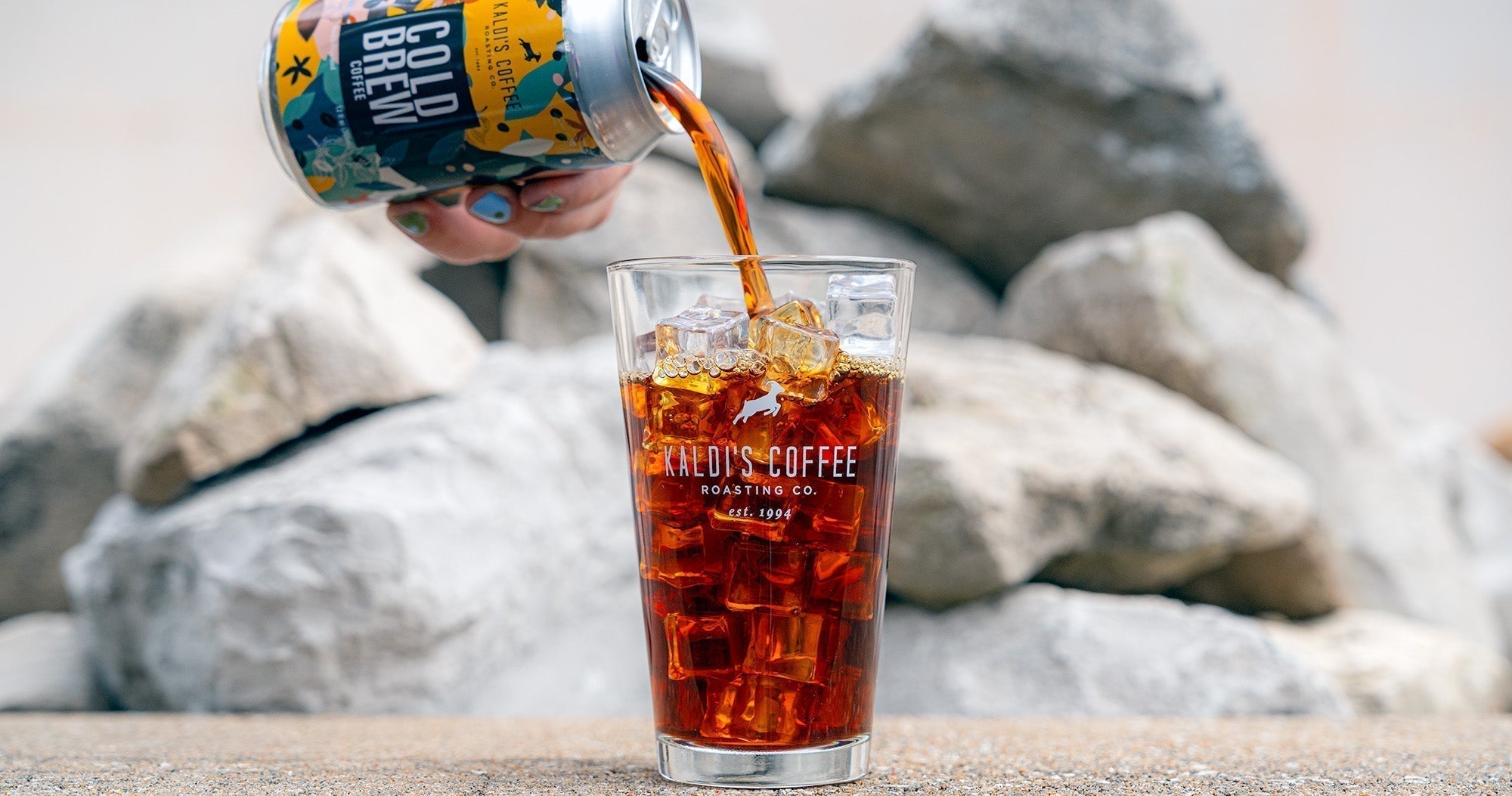
Credit: kaldiscoffee.com
Cold Brew Basics
Cold brew coffee has grown popular for its smooth and mild flavor. It differs from regular coffee in how it is made. Understanding the basics of cold brew helps explain these differences. This section covers the key elements of cold brew.
Brewing Method
Cold brew is made by steeping coffee grounds in cold water. No heat is used during brewing. This slow extraction produces a less bitter and smoother coffee. The grounds stay in water for hours, unlike hot coffee brewed quickly.
Steeping Time
Cold brew requires a long steeping time, usually 12 to 24 hours. This slow process pulls flavors gently from the coffee grounds. The result is a rich, smooth coffee with less acidity. Hot coffee brews in just a few minutes.
Coffee-to-water Ratio
The coffee-to-water ratio in cold brew is higher than in regular coffee. More coffee grounds are used per amount of water. This creates a concentrated coffee that can be diluted before drinking. The strong ratio adds to its bold flavor and caffeine content.
Regular Coffee Basics
Regular coffee is a popular choice for many people around the world. It offers a warm, rich flavor and a quick caffeine boost. Understanding the basics of regular coffee helps to see how it differs from cold brew. The brewing method, time, and coffee-to-water ratio shape the taste and strength of your cup.
Each factor plays a role in creating the final coffee experience. These basics are simple but important to grasp.
Brewing Method
Regular coffee is usually brewed with hot water. The hot water extracts flavors quickly from the ground coffee. Common methods include drip coffee makers, French press, and pour-over. Hot water allows oils and acids to dissolve fast, giving coffee its sharp and bold taste.
Brewing Time
The brewing time for regular coffee is short. It usually takes between 3 to 5 minutes. This quick process means you get your coffee ready fast. The short time also helps keep the coffee from becoming bitter. The heat speeds up extraction of flavors compared to cold brewing.
Coffee-to-water Ratio
The coffee-to-water ratio in regular coffee is balanced for a smooth taste. A common ratio is about 1 to 15 or 1 to 17. This means one part coffee to 15 or 17 parts water. This ratio controls the strength and flavor of the coffee. It avoids making the drink too strong or too weak.
Flavor Differences
The flavor differences between coffee and cold brew are clear and distinct. Each brewing method creates a unique taste experience that appeals to different preferences. Understanding these differences helps you choose the right drink for your mood.
Taste Profile Of Cold Brew
Cold brew coffee has a smooth and mellow flavor. It often tastes sweeter and less acidic. The long steeping process brings out subtle chocolate and nutty notes. Cold brew feels lighter on the palate and less sharp than hot coffee.
Taste Profile Of Hot Coffee
Hot coffee offers a bold and intense flavor. It has a richer aroma with more complex layers. The heat releases oils and compounds that create a stronger taste. Hot coffee can range from fruity and bright to deep and smoky.
Bitterness And Acidity
Cold brew is less bitter and has lower acidity. The cold water extraction avoids harsh flavors. Hot coffee tends to be more bitter and acidic due to higher brewing temperatures. This acidity can add brightness but may feel sharper on the tongue.
Caffeine Content
Caffeine content plays a big role in choosing between coffee and cold brew. Both drinks have caffeine, but their levels differ. Understanding these differences helps you pick the best option for your energy needs.
Caffeine Levels In Cold Brew
Cold brew coffee usually has higher caffeine per ounce. It uses a higher coffee-to-water ratio. The coffee grounds steep in cold water for 12 to 24 hours. This long process extracts more caffeine. Cold brew is often served as a concentrate. This concentrate can have two to three times more caffeine than hot coffee.
Caffeine Levels In Hot Coffee
Hot coffee brews quickly with hot water in minutes. It uses less coffee per cup compared to cold brew. Hot coffee usually contains less caffeine per ounce. A typical cup has about 95 mg of caffeine. The shorter brewing time extracts less caffeine. The caffeine level can vary based on the bean type and brewing method.
Effect Of Dilution
Cold brew concentrate is often diluted before drinking. Water or ice is added to make it smoother. Dilution lowers the caffeine concentration per serving. A diluted cold brew might have caffeine levels close to hot coffee. However, a large cold brew drink can still have more caffeine overall. This depends on how much concentrate is used and the size of the drink.
Health Aspects
The health aspects of coffee and cold brew differ in several ways. Understanding these differences helps you make better choices for your well-being. Both drinks offer benefits but also have effects on the body that vary. Let’s explore how acidity, antioxidants, and digestion are affected by each.
Acidity And Tooth Health
Regular coffee is more acidic than cold brew. The hot brewing process releases more acids. These acids can erode tooth enamel over time. Cold brew has lower acidity because it is brewed with cold water. This makes cold brew gentler on teeth. People with sensitive teeth may prefer cold brew. Drinking through a straw can also protect teeth from acid.
Antioxidant Content
Coffee is rich in antioxidants that fight free radicals. Hot coffee often contains higher antioxidant levels. The heat helps release these compounds. Cold brew has antioxidants too but in slightly lower amounts. The longer steeping time in cold brew extracts some antioxidants differently. Both drinks support cell health and may reduce inflammation. Drinking either coffee or cold brew can boost antioxidant intake.
Digestive Impact
Hot coffee can sometimes cause stomach upset. Its higher acidity can irritate the stomach lining. Cold brew is less likely to cause acid reflux or heartburn. The smoother taste of cold brew means it is easier on digestion. People with sensitive stomachs may find cold brew preferable. Both drinks contain caffeine, which can stimulate digestion but may cause discomfort in large amounts.
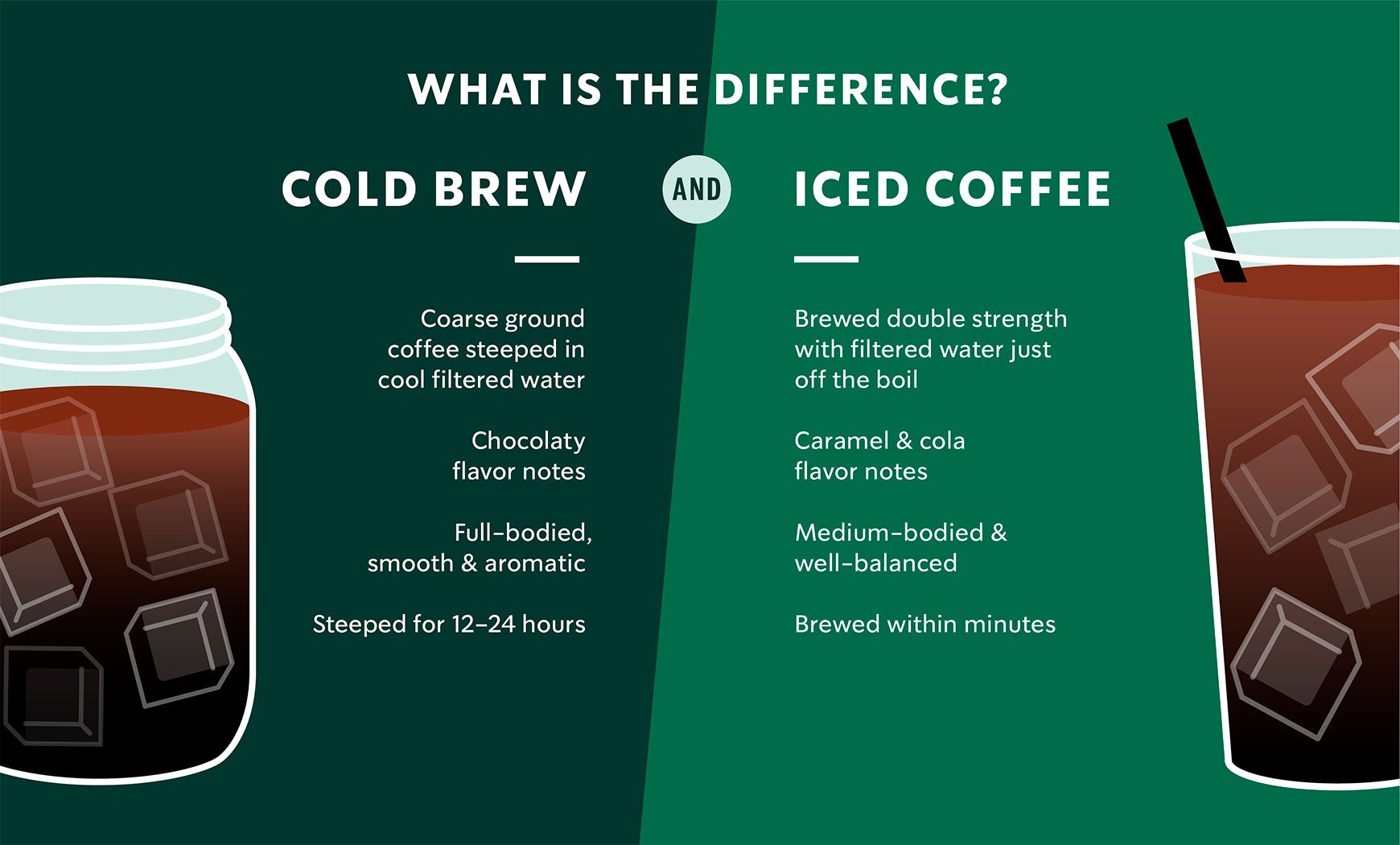
Credit: athome.starbucks.com
Serving Styles
Serving styles shape how coffee and cold brew taste and feel. Each style offers a unique experience. The way you serve them changes their strength and texture. Cold brew and regular coffee differ most in their serving methods. These differences affect your daily coffee ritual and how you enjoy your cup.
Cold Brew Concentrate Uses
Cold brew concentrate is thick and strong. It usually comes undiluted. People add water, milk, or ice to dilute it. This lets you control the flavor and strength. You can use it for iced drinks or hot coffee. Some mix it in desserts or cocktails for a coffee kick. Concentrate saves time, as it’s ready to use.
Iced Coffee Vs Cold Brew
Iced coffee is hot coffee cooled down with ice. It has a lighter taste and more acidity. Cold brew is brewed cold for many hours. It tastes smoother and less bitter. Iced coffee is quick to make. Cold brew needs planning but lasts longer in the fridge. Both are refreshing but differ in flavor and smoothness.
Nitro Cold Brew
Nitro cold brew is cold brew with nitrogen gas. It is poured from a tap like beer. The nitrogen gives it a creamy, frothy texture. It feels smooth and rich in your mouth. Nitro cold brew has a unique look with a foamy top. It is served cold and does not need ice. This style offers a new way to enjoy cold brew.
Choosing Your Coffee
Choosing your coffee depends on your mood, taste, and the time of day. Both coffee and cold brew offer unique flavors and experiences. Understanding these differences helps you pick the right brew for any moment. Let’s explore how personal taste and timing affect your choice.
Personal Taste Preferences
Coffee has a rich and bold flavor. It can be bright or bitter, depending on the roast. Cold brew tastes smoother and less acidic. It often has chocolatey or nutty notes. Some enjoy hot coffee’s sharpness. Others prefer cold brew’s mellow feel. Your choice depends on which flavors you enjoy most.
When To Drink Cold Brew
Cold brew is perfect for hot days. It refreshes and cools you down. It also has more caffeine, so it keeps you alert longer. Drink it when you want a smooth, strong boost. Cold brew works well for afternoons or any time you need energy without heat.
When To Drink Hot Coffee
Hot coffee warms you up on cold mornings. It helps start your day with a strong, fresh taste. Hot coffee is ideal for quiet moments or breaks. Enjoy it when you want comfort and a classic coffee flavor. It suits early hours and cozy settings best.
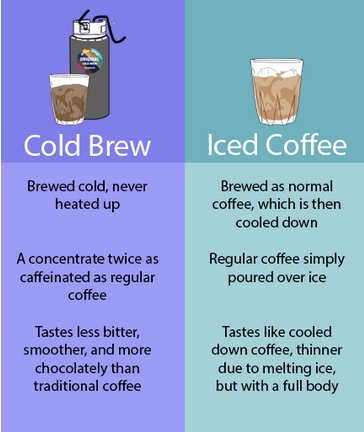
Credit: www.joyridecoffee.com
Frequently Asked Questions
Is Cold Brew Stronger Than Regular Coffee?
Cold brew often contains more caffeine than regular coffee due to a higher coffee-to-water ratio and longer steeping. Concentrated cold brew is stronger per volume, but dilution affects final strength. Overall, cold brew can be stronger or equal in caffeine compared to hot coffee.
What’s Better, Coffee Or Cold Brew?
Cold brew offers a smoother, less acidic taste with higher caffeine. Regular coffee brews faster and has a bolder flavor. Choose based on your taste and caffeine preference.
Is Cold Brew Coffee Healthier?
Cold brew coffee contains less acid and may be gentler on the stomach. It has antioxidants and similar caffeine levels to hot coffee. Drinking it in moderation supports hydration and alertness, making it a healthy choice for many.
Is Cold Brew Just Hot Coffee With Ice?
Cold brew is not just hot coffee with ice. It brews coffee slowly in cold water for 12-24 hours, creating a smoother, less acidic taste.
Conclusion
Coffee and cold brew offer different flavors and experiences. Coffee is brewed hot, giving a rich and bold taste. Cold brew steeps slowly in cold water, producing a smoother, less acidic drink. Cold brew usually has more caffeine due to a higher coffee-to-water ratio.
Both drinks suit different preferences and times of day. Choosing between them depends on your taste and caffeine needs. Try both to find which one you enjoy most. Simple differences make each special in its own way.




